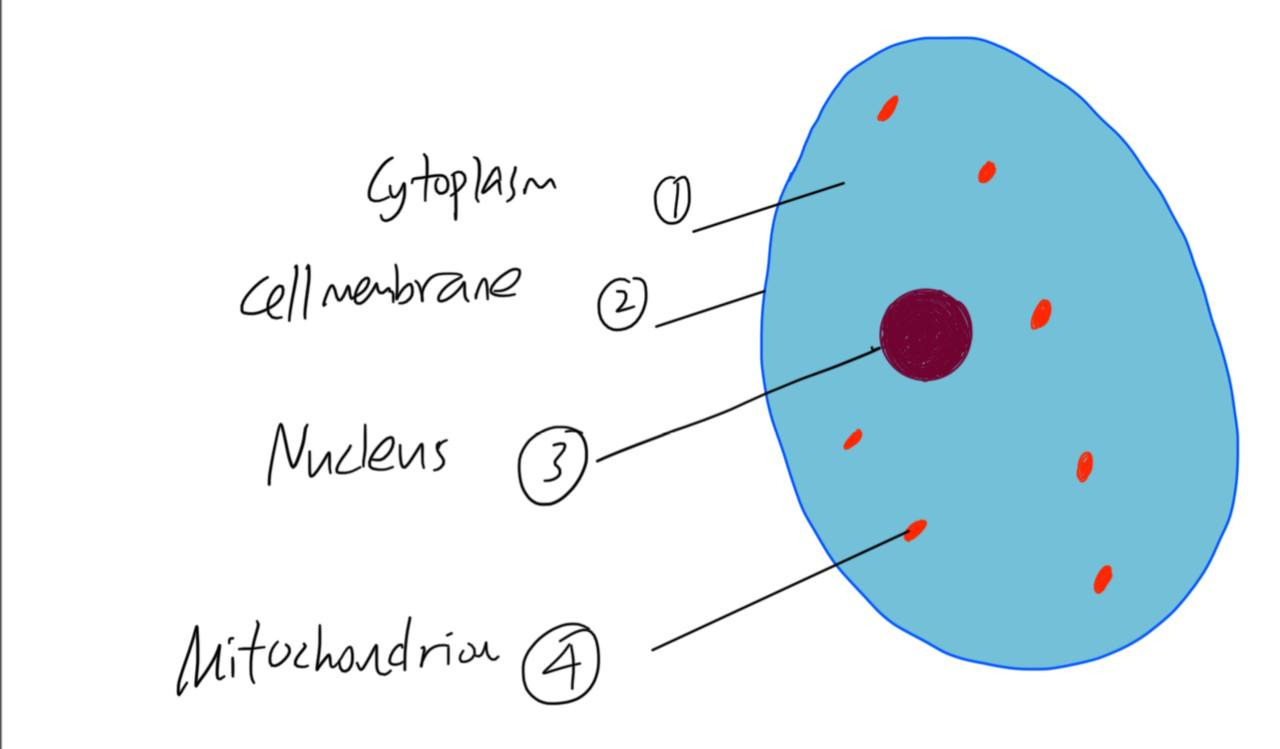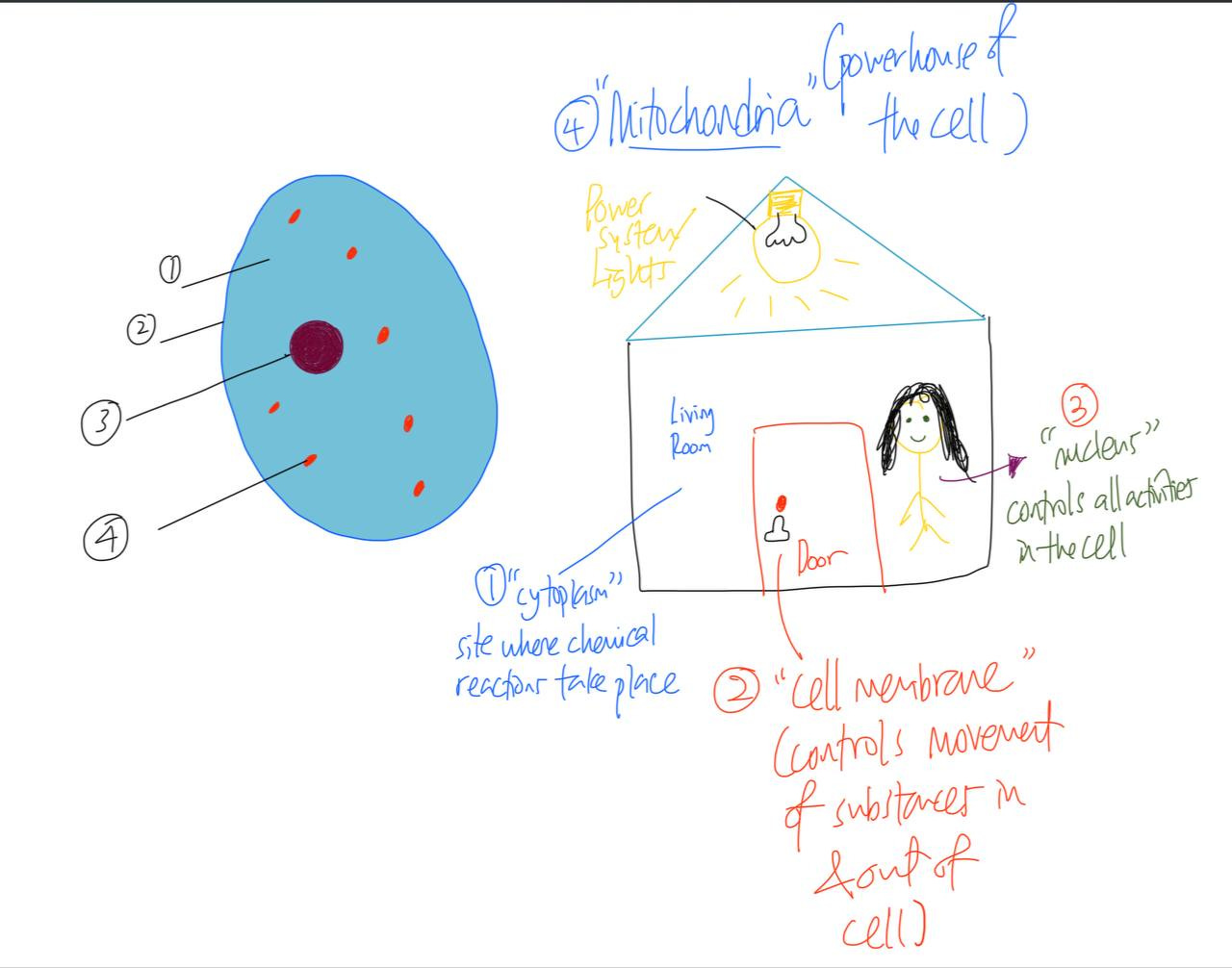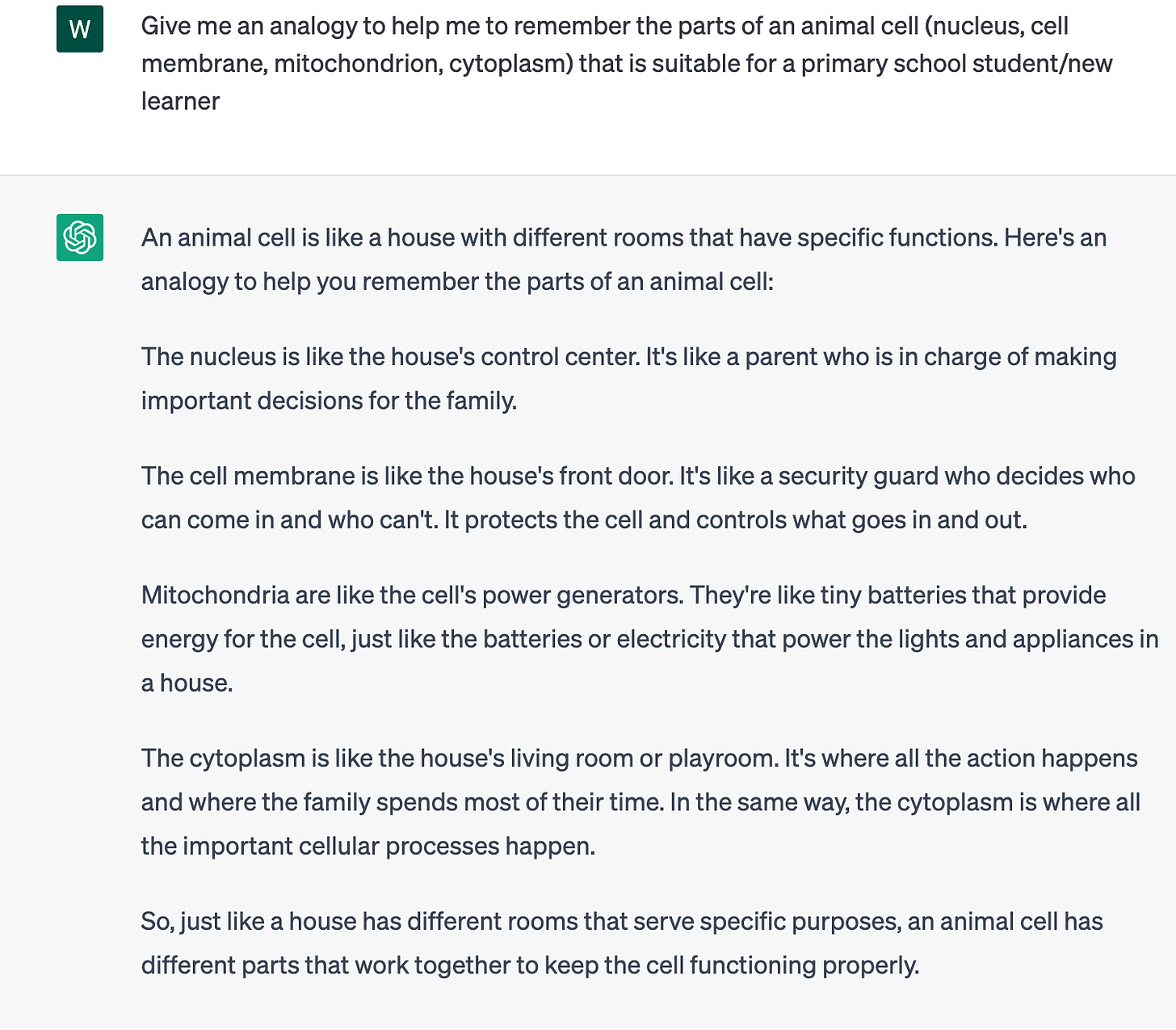One of the key problems that we students face when learning new concepts is when we are unable to understand the concept as a whole. One of the most effective ways I learn and teach something is through Analogies, so here are a few examples of how you can use them too!
Table of Contents:
Introduction
As I embarked on my journey as a tutor, I have also gained much insight on not just consolidating information. Additionally, I experimented with more effective revision methods to improve students’ understanding and ability to apply those concepts during exams.
Reflecting on what some students do (including myself) when learning new concepts/ revising , I identified a few key mistakes when using the resources we have:
- Mindlessly flipping through textbooks – highlighting, underlining and whatnot
- Reading passively through our worksheets and reviewing our corrections without actively writing down

While this routine will not apply for all students, I’m sure that there are some of us who will inevitably fall back to our ineffective revision techniques.
Why is this ineffective?
Take for example, when you are learning about the parts of an animal cell:

If you were to passively browse through your notes, identifying the individual parts and telling yourself to memorise while skimming through everything, it might feel as if you are absorbing the information. However, when it comes to the day of the exam, you might find yourself staring blankly at the test paper, struggling to recall the specific terminologies that you have clearly been scrutinising the day before.
Example of Analogies (Science)

On the contrary, learners who seeks to actively recall – starting from a blank slate -will reap more benefits from identifying the facts and concepts he/she needs to know. They can also find it much easier to identify patterns and link concepts to questions/case studies.
In this scenario, a method that can improve long-term retention of information is to analyse the big picture concepts. When considering the functions of the parts of an animal cell, we must consider how the individual organelles support the life – growth/development of the cell.
My Experimentation with Analogies
Check out this quick introduction to Particulate Model of Matter (Lower Secondary Chemistry 🧪)here! I try to use a variety of analogies to simplify concepts and make them relatable, perhaps you would find this useful:
Analogies Using ChatGPT
What I believe can make learning of such concepts more interesting is through the use of analogies that are relatable to us/interesting enough to be embedded into our brain. As I experimented with the use of ChatGPT, here’s an idea I adapted for the analogy above:

One common tool we can use to enhance learning is flashcards. This definitely helps to improve long term retention of information by allowing yourself exposure to content over a period of time to actively recall the content, a well-researched concept that is called spaced repetition. The downside, however, is that if this form of rote memorisation does not come with an apt understanding of the content, it is much easier to forget what you have just memorised.
Another tip for conceptual learning, would be to craft questions that will be able to jog your critical thinking. (I shall cover this in more detail in the future 😛)
Concluding Remarks
Ultimately, there is no one-size-fits-all model, as some may prefer drawing diagrams to visualise, some others thrive when learning through videos/animations, and some may enjoy to experiment with word play (creating mnemonics),etc.
Therefore, it is important to experiment with various ways so as to discover your personal aptitude for learning, in order to have a decent grasp of the new materials learnt & test your own proficiency.
Hope this gave you some food🍲 for thought~
If you found this article insightful, check out another one of my articles on utilising Mind Maps for learning here!
